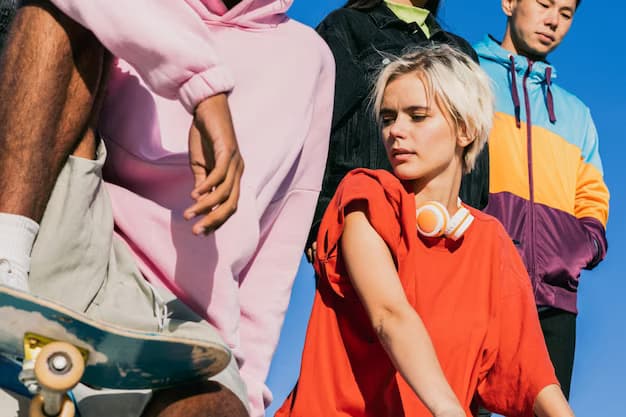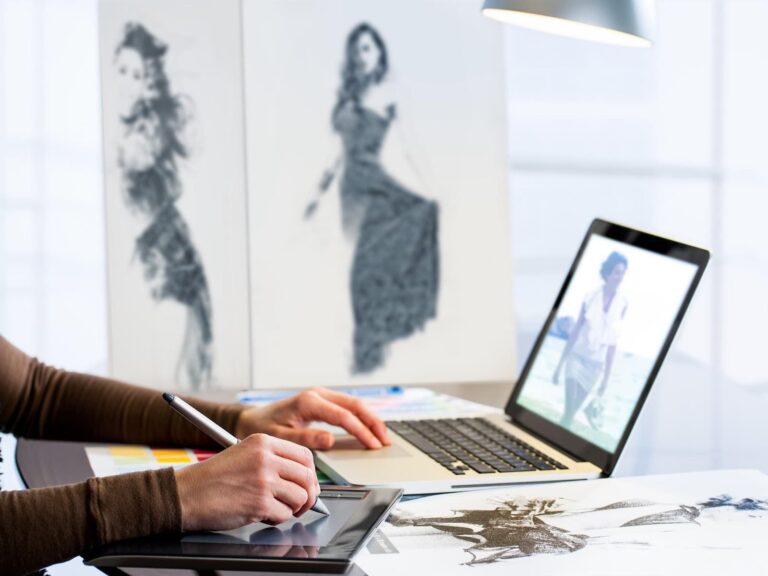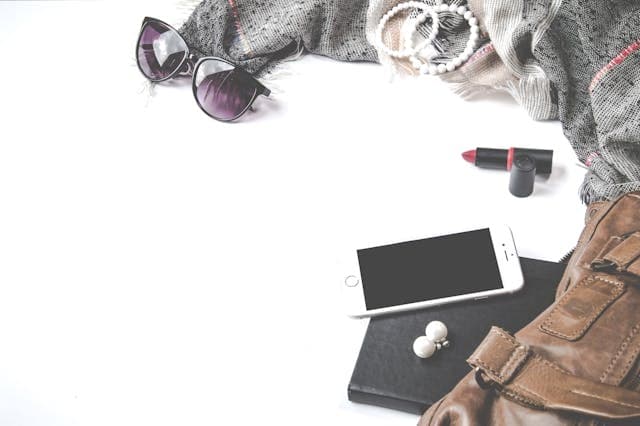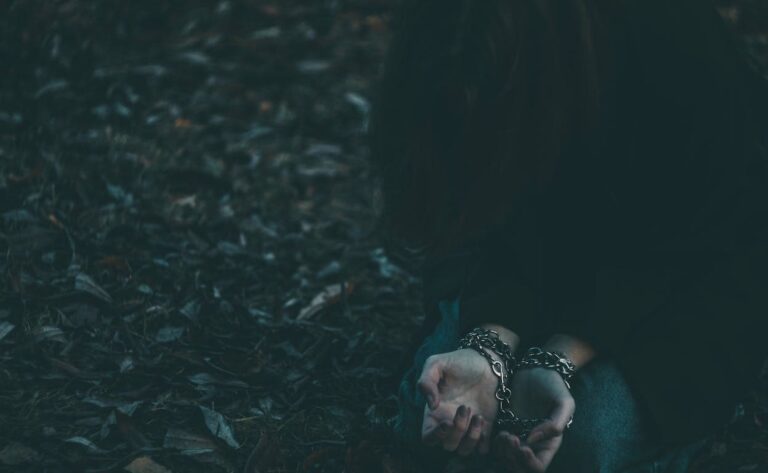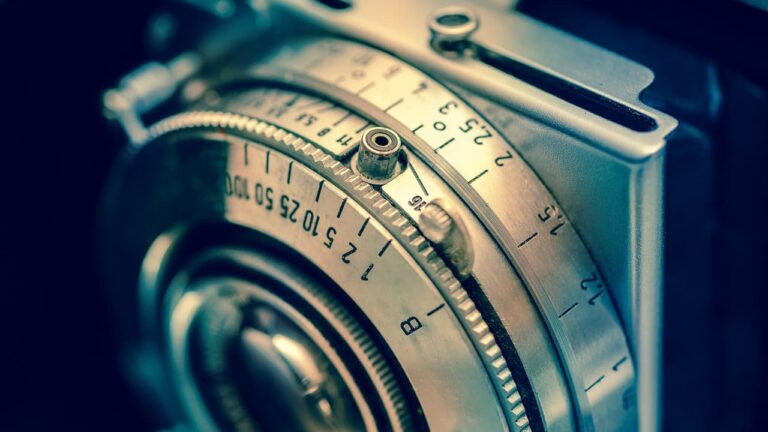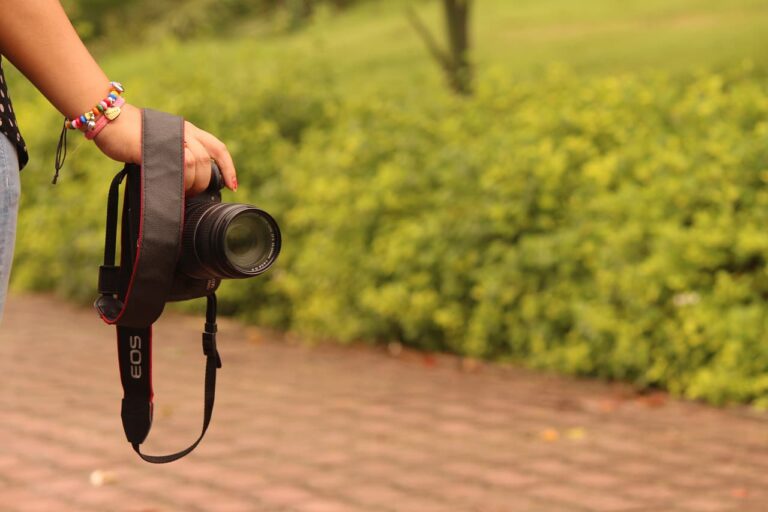Fashion is not just about clothing; it’s a mirror that reflects societal changes, values, and aspirations. Ever wondered how a particular style or attire becomes everyone’s favorite overnight? It’s the magic of fashion trends. They are the pivotal force that drives the fashion industry.
The Conceptual Birth of a Trend
Every trend starts as an idea or concept. These notions are often influenced by societal shifts, political climates, technological advancements, or even pop culture. For example, the 1920s flapper style emerged as a symbol of women’s liberation.
Mainstream Media’s Role
With the rise of Hollywood in the early 20th century, celebrities became the unofficial ambassadors of fashion. When Audrey Hepburn wore the little black dress in ‘Breakfast at Tiffany’s’, it wasn’t just a dress anymore. It transformed into a must-have.
Fashion Week: The Trendsetter
Ever heard of Paris Fashion Week or New York Fashion Week? These events are like the Olympics for fashion enthusiasts. Designers from all over the globe showcase their collections, setting the tone for the upcoming season. It’s during these shows that many trends are born.
The Influence of Street Style
Not all trends originate from the runway. Some emerge from the streets, crafted by everyday individuals who have an eye for style. Japan’s Harajuku district is a prime example of street fashion influencing global style.
Social Media: A New Age Catalyst
Platforms like Instagram and TikTok have revolutionized how we perceive fashion. Influencers and content creators play a pivotal role in shaping what’s “in” and what’s “out”. Ever seen an outfit and thought, “I saw that on Instagram!”? That’s the power of social media.
Fast Fashion vs. Sustainable Fashion
In recent times, there’s been a tug of war between fast fashion brands like H&M and advocates of sustainable fashion. While fast fashion provides affordable and trendy clothing, its environmental cost is heavy. On the other hand, sustainable fashion is all about being eco-friendly but may come with a steeper price tag.
| Aspect | Fast Fashion | Sustainable Fashion |
|---|---|---|
| Price | Low | High |
| Environmental Impact | High | Low |
| Durability | Less | More |
| Trend Responsiveness | High | Moderate |
The Lifecycle of a Fashion Trend
- Introduction: This is the birth phase. Designers introduce new styles during fashion weeks.
- Rise: Celebrities and influencers start wearing them, and they gain popularity.
- Peak: At this stage, the trend is everywhere – from high-end boutiques to local stores.
- Decline: People start looking for something new, and the buzz begins to fade.
- Obsolete: The trend fades away, only to possibly resurface years later.
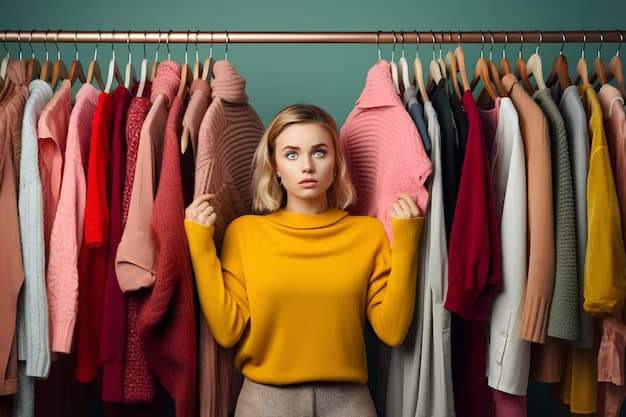
The Economic Impact of Fashion Trends
Fashion is not just a feast for the eyes; it’s a colossal industry that churns economies worldwide. When a trend goes viral and becomes mainstream, its impact goes beyond influencing individual style choices. Here’s how:
Boosting Production
When bell-bottoms became a hit in the ’70s, or when skinny jeans took over in the 2000s, factories worldwide ramped up their production lines. With increased demand comes the need for accelerated manufacturing, leading to more jobs in the textile and clothing sectors.
Retail Revolution
The success of a trend often means long queues outside stores, bustling malls, and a surge in online shopping. Retailers often see a spike in their sales figures, especially if they are among the first to stock up on a trending item.
Rise of Ancillary Industries
It’s not just about the clothing. When high heels are in vogue, for instance, there’s a simultaneous uptick in the demand for foot care products, shoe accessories, and even specific types of bags that pair well.
Economic Chain Reaction
A singular fashion trend might lead to the growth of specific raw materials. For instance, the athleisure trend led to an increased demand for performance fabrics.
| Economic Aspects | Effect |
|---|---|
| Manufacturing Jobs | Increase |
| Retail Sales | Surge |
| Ancillary Industries | Expansion |
| Raw Material Production | Specific Growth |
The Evergreen Classics
Fashion is ephemeral, but some styles refuse to fade away. These timeless pieces become the backbone of wardrobes across the globe, proving their resilience against fleeting trends. Here’s a deeper look:
The White Tee
It’s hard to find someone who doesn’t own a classic white t-shirt. Paired with jeans for a casual day out or tucked into a formal skirt, its versatility is unparalleled.
The Leather Jacket
From bikers to rockstars to the girl next door, the leather jacket has been embraced by all. Whether it’s a chilly evening or a fashion statement at a party, this piece has been a go-to for decades.
Little Black Dress
Coco Chanel introduced the LBD, and it’s been the epitome of elegance ever since. Suitable for nearly any occasion, it’s a lifesaver for those “I have nothing to wear” moments.
Denim Jeans
Introduced as work pants for gold miners, they are now a staple for every age group. With variations from bell-bottoms to skinnies, their core appeal remains untouched.
List of Timeless Fashion Pieces
- White Tee
- Leather Jacket
- Little Black Dress
- Denim Jeans
- Ballet Flats
- Tailored Blazer
- Classic Watch
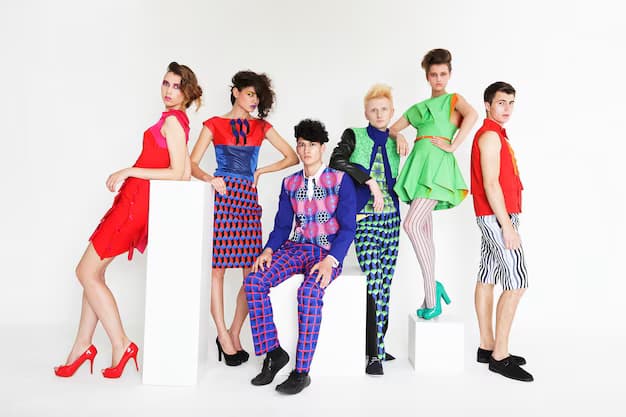
Future of Fashion Trends
Fashion’s future, with the integration of technology, is looking more innovative than ever. As we advance, the line between tech and textiles is blurring. Here’s what’s on the horizon:
Virtual Reality (VR) Wardrobes
Imagine being able to try on outfits in fantastical settings without leaving your room. VR is set to revolutionize the trial room experience, enabling users to visualize outfits in various scenarios and lighting.
AI-Driven Designs
Algorithms analyzing global fashion data to predict the next big trend? It’s not science fiction. With AI, we’re looking at personalized clothing suggestions based on user behavior and even AI-created fashion designs.
Smart Clothing
Beyond aesthetics, future clothes might monitor our vitals, adjust to weather conditions, and even charge our gadgets!
Sustainable Fashion
With growing environmental concerns, the fashion industry is innovating to create eco-friendly fabrics and sustainable production methods. The future is not just stylish but also green.
Predictions for the Future of Fashion
- Biodegradable Fabrics: Materials that leave no trace.
- 3D Printed Accessories: Customization at its peak.
- Digital Fashion Shows: Immersive and inclusive experiences.
- Tech-integrated Apparel: Clothes that sync with our devices.
- Return to Artisanship: Handcrafted, unique pieces gaining prominence.
Influence of Music and Movies on Fashion Trends
When one thinks of the crossroads of fashion and popular culture, music and movies stand tall. They don’t merely entertain; they’re monumental in shaping fashion choices.
From Silver Screen to Streets
Marilyn Monroe’s iconic white dress or James Dean’s classic red jacket have been more than just film costumes. They defined an era’s fashion. Every decade has movie-inspired fashion moments that cascade from red carpets to everyday wardrobes.
Music Genres and Attires
From the flared pants of the disco era, influenced by the Bee Gees and ABBA, to the grunge look synonymous with Nirvana, music artists have played designers, albeit inadvertently. Their attire often becomes as iconic as their music. Remember Michael Jackson’s glove or Madonna’s cone bras?
Festivals and Fashion
Events like Coachella or Burning Man are as much fashion parades as they are musical extravaganzas. They birth trends that dominate the streets and social media alike.
List of Iconic Fashion Moments from Pop Culture
- Audrey Hepburn’s black dress in “Breakfast at Tiffany’s”
- The Beatles’ collarless suits
- Lady Gaga’s meat dress
- Jennifer Beals’ off-the-shoulder sweatshirt in “Flashdance”
- The punk rock leather and studs inspired by The Sex Pistols
Zara Outlets: The Fast Fashion Phenomenon
Zara Outlets, a brand under the Inditex umbrella, stands as a towering testament to the power of fast fashion. The Spanish brand’s meteoric rise has lessons for both fashionistas and businesses.
Quick Turnaround
Zara’s supply chain is designed for speed. Unlike traditional brands, which might take months to get a design to stores, Zara can do it in weeks. This means they’re always on-trend.
Data-driven Designs
Store managers report back weekly about what’s selling and what’s not. Based on real-time data, design teams pivot swiftly, ensuring that supply aligns with demand.
Sustainability Focus
Recently, Zara pledged to use 100% sustainable fabrics by 2025. They’ve also introduced clothing recycling bins in their stores, underscoring their commitment to a greener planet.
Zara by the Numbers
| Feature | Details |
|---|---|
| Number of Stores | Over 2,200 |
| Countries Operational | 96 |
| Average Time to Market | Less than 3 weeks |
| New Designs Each Year | Around 12,000 |
Conclusion
Fashion trends, while transient, have a deep-rooted impact on society. They reflect our evolving tastes, preferences, and even societal changes. Whether influenced by a movie star, a historic event, or an Instagram post, trends will remain an integral part of our cultural fabric.
FAQs
Typically, fashion seasons dictate trends. So, you can expect new trends every season – spring, summer, fall, and winter.
It’s a collective effort. Designers, celebrities, influencers, and even the general public play a role.
Yes, many trends often make a comeback after a few decades.
During economic downturns, people might lean towards more conservative styles, while booming times might see more extravagant trends.
Technology has made fashion more accessible and has also introduced concepts like virtual fitting rooms and AI fashion designers.
